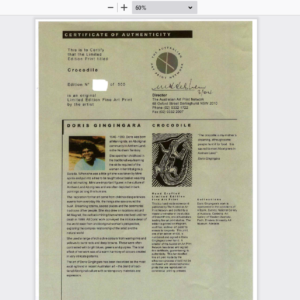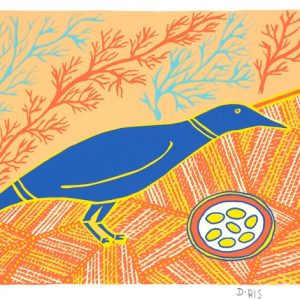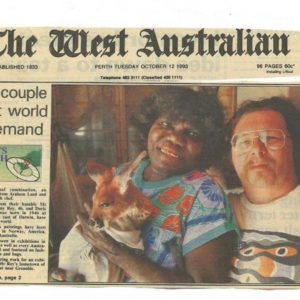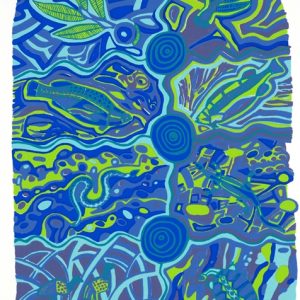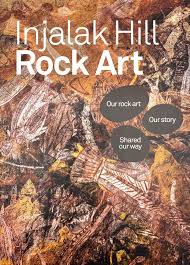Description
- Artist: Solomon Nawudba
- Language group: Kunwinjku
- Screenprint – Edition of 250
- Size of image 16 x 23 cm
- Size of paper 25 x 35 cm
- Size of print with mat board and foamcore backing 28 x 38 cm
Kunwinjku art is part of the oldest continuous art tradition in the world. Ancestors of today’s artists have been painting the rock walls of West Arnhem Land for tens of thousands of years. The traditional palette of white, red, yellow and black comes from the ochre that naturally occurs in the region, although contemporary artists sometimes choose to paint in acrylics as well. Kunwinjku artists famously paint using either the traditional rarrk hatching technique, or the more contemporary and complex cross hatching technique which has been adapted from ceremonial painting. These lines are painted using a manyilk, which is a piece of sedge grass shaved down until only a few fibres remain.
Provenance: John Clark commissioned a set of 10 “Oenpelli Prints” in collaboration with Injalak Arts in 1999. The prints feature a range of classic themes.



